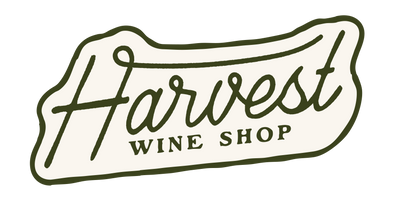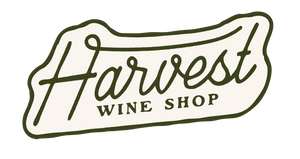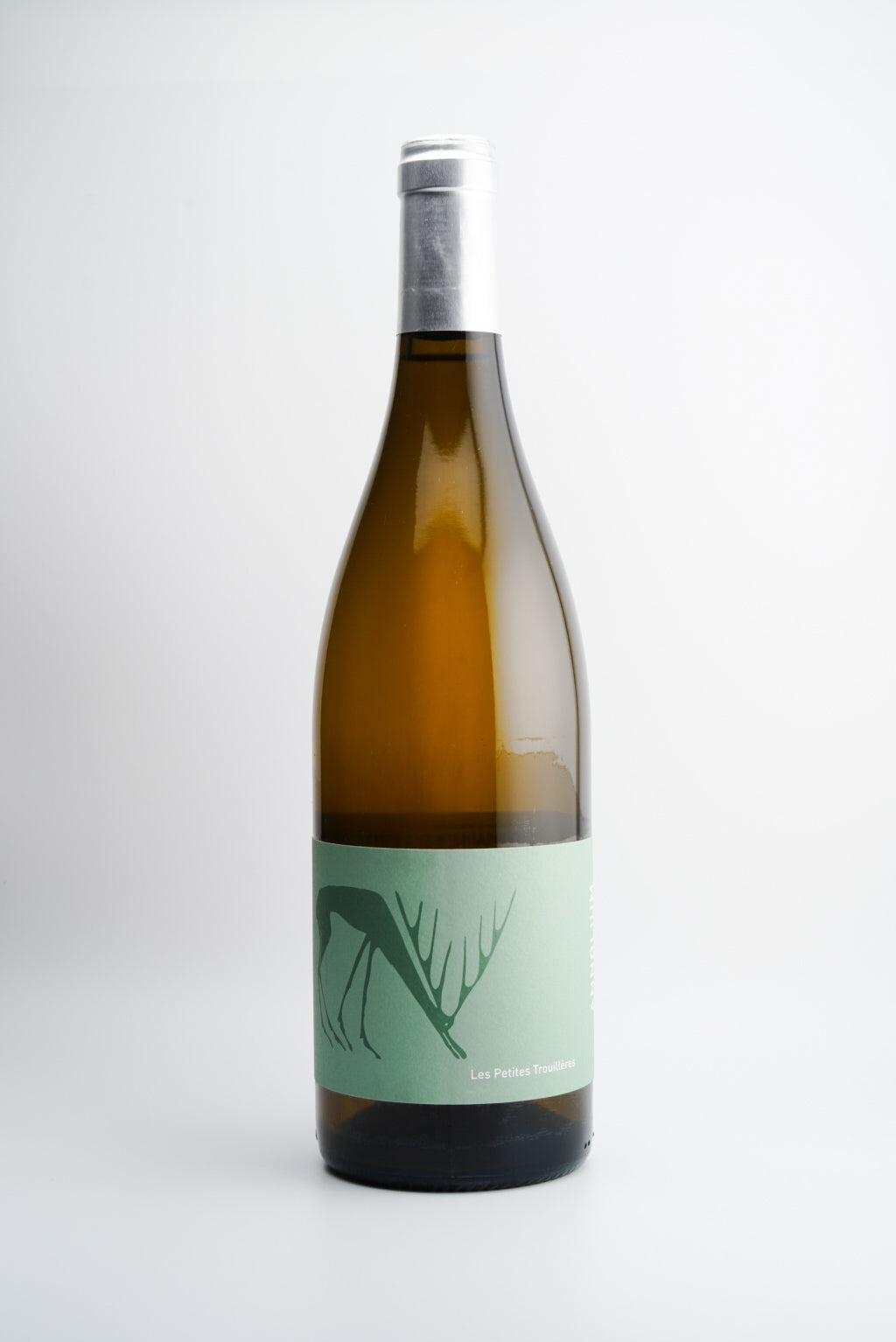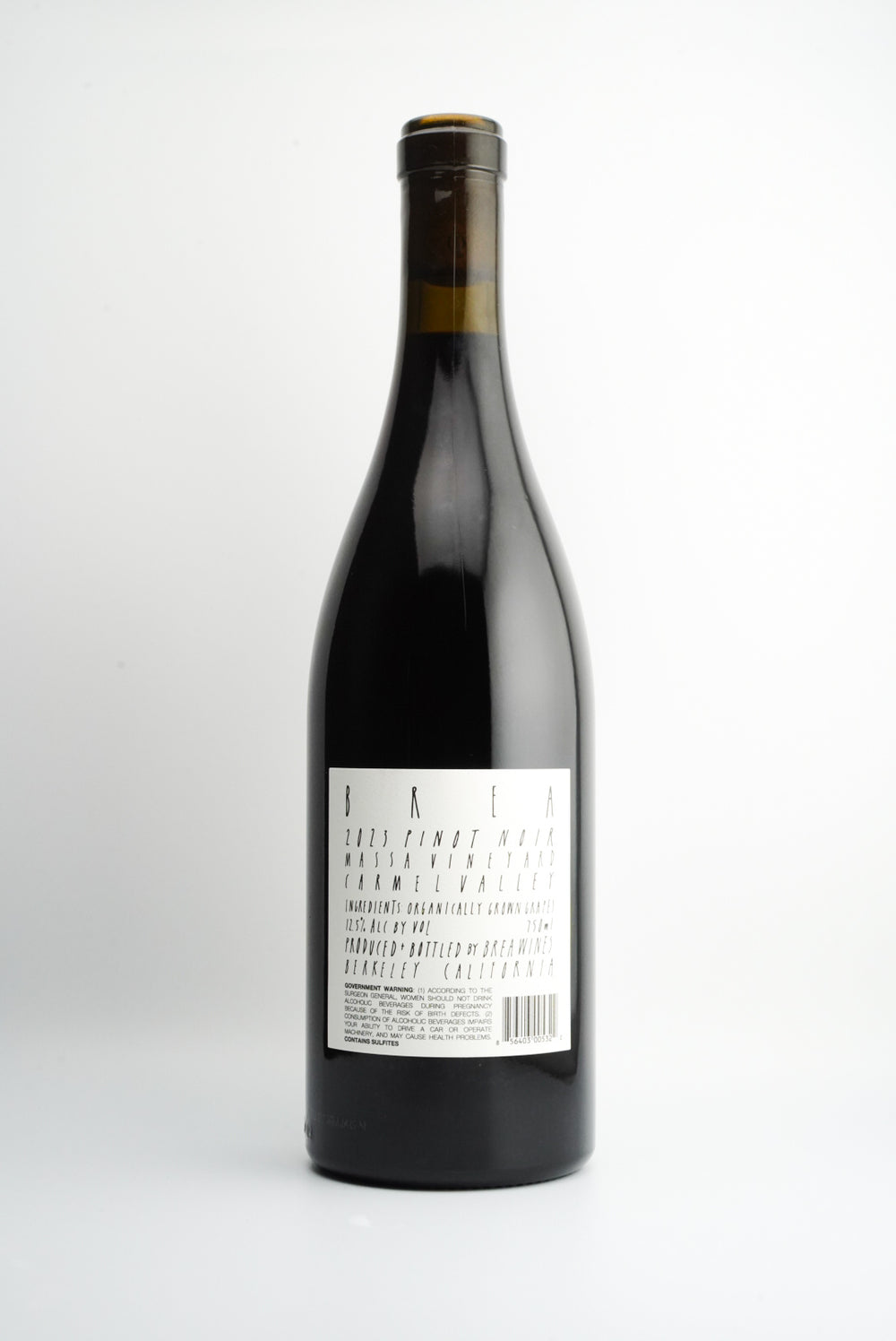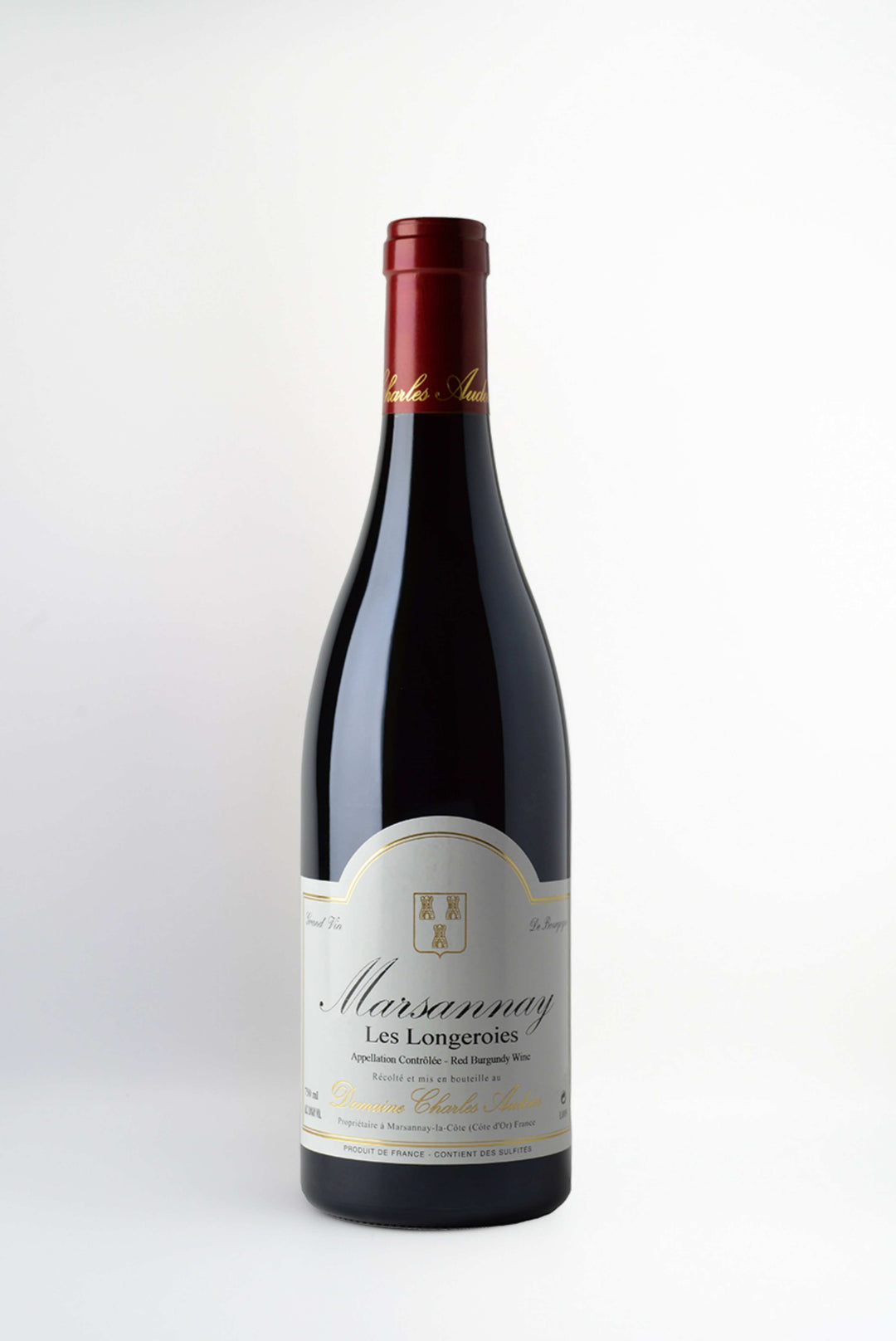Exploring the 10 Major Clones of Pinot Noir
Pinot Noir Clone Guide: 10 Major Clones (Plus 3 Bonus)

Pinot Noir is famed for delicacy and terroir transparency. There are many identified clones—France alone recognizes 100+ at ENTAV-INRA®—but roughly 15–20 are widely used, and about 10 show up most often in commercial vineyards. Below, meet the key clones, where they thrive, and how they differ.
Understanding Pinot Noir clones
Before diving in, a quick primer:
- A clone is a genetically identical cutting from a parent vine.
- Clones are selected for traits like flavor profile, yield, or disease resistance.
- Different clones can taste distinct even from the same vineyard.
Note: Many historic vineyards are “field blends” of numerous clones, some unknown.
The 10 major clones of Pinot Noir
-
1) Dijon 113
Character: Bright red fruits, floral aromatics. Structure: High acidity, moderate tannins. Best for: Aromatic lift and brightness. Notable: Earlier ripening than many Dijon selections.
Where used: Cool zones of Burgundy (Côte de Nuits) and other cool-climate sites.
Notable feature: Excellent aging potential.
-
2) Dijon 115
Character: Red/black fruits, rose. Structure: Silky tannins, medium+ body. Best for: Complexity and ageability. Notable: Extremely versatile and widely planted.
Where used: Oregon, Sonoma, Santa Barbara, Central Otago, Yarra Valley, Tasmania, Baden, and Burgundy.
Notable feature: Adds dimension to blends.
-
3) Dijon 667
Character: Dark cherry, blackberry, subtle earth. Structure: Firm tannins, dense mid-palate, good acidity. Best for: Structure and concentration. Notable: Deep color, consistent yields.
Where used: Sonoma Coast, Burgundy, Central Otago, Loire Valley, parts of Willamette.
Notable feature: Contributes depth.
-
4) Dijon 777
Character: Black fruits, violets, exotic spice. Structure: Velvety tannins, plush texture, balanced acidity. Best for: Aromatic complexity and silk. Notable: Perfumed and layered.
Where used: New Zealand, Burgundy, Santa Barbara, Sonoma Coast, Dundee Hills, Canada.
Notable feature: Exceptional complexity.
-
5) Pommard
Character: Dark fruits, earth, mushroom. Structure: Substantial tannins, fuller body. Best for: Age-worthy wines. Notable: Among the oldest widely planted clones.
Where used: Common in Côte de Beaune (Burgundy) and widely adopted in the New World.
Notable feature: Historical benchmark.
-
6) Wädenswil
Character: Red fruits, spice, herbal notes. Structure: High acidity, elegant tannins. Best for: Cool climates. Notable: Solid disease resistance.
Where used: Especially Willamette Valley, Oregon.
Notable feature: Swiss origin with New World charm.
-
7) Martini
Character: Intense black fruit. Structure: Full body, firm tannins.
Where used: Widely in Russian River Valley and other California sites.
Notable feature: Excellent aging potential.
-
8) Swan
Character: Perfumed aromatics; bright acidity; elegant frame.
Where used: Santa Lucia Highlands and across California in quality-focused sites.
Notable feature: Adds finesse to blends.
-
9) Abel
Character: Intense dark fruit, firm tannins, long finish.
Where used: Highly regarded in New Zealand (aka “Gumboot”).
Notable feature: Storied, unconventional origin.
-
10) Calera
Character: Complex flavors, vibrant acidity, strong structure.
Where used: Widely in California’s Central Coast and beyond.
Notable feature: Named for Calera Wine Company.
Bonus three
- Mt. Eden — Red fruits, floral, mineral; high acidity, refined tannins; elegant, age-worthy. Heritage California selection with Burgundian roots.
- Swan — Mixed red/black fruits, exotic spice; medium body, complex texture; distinctive personality from Joseph Swan’s vineyard selection.
- Mariafeld (23) — Black fruits, sturdy frame; higher tannins, good acidity; suited to cooler, botrytis-prone sites; Swiss clone known for resilience.
Comparing and contrasting Pinot Noir clones
- Flavor intensity: Delicate (Dijon 113) → bolder (Martini).
- Structure: Acidity, tannin, and body vary widely among selections.
- Aromatics: From bright red fruit to deeper earth and spice.
- Aging potential: Some are early-drinking; others blossom over decades.
The impact of terroir on clone expression
- Soils: Influence nutrient uptake, vigor, and flavor development.
- Climate: Drives ripening curves and acidity retention.
- Winemaking: Can spotlight or soften clone-specific traits.
Exploring Pinot Noir clones: a taster’s roadmap
Each clone brings something unique. Whether you love the vibrant lift of Dijon 113 or the dark depth of Martini, tasting across clones—and regions—reveals Pinot Noir’s full spectrum.
